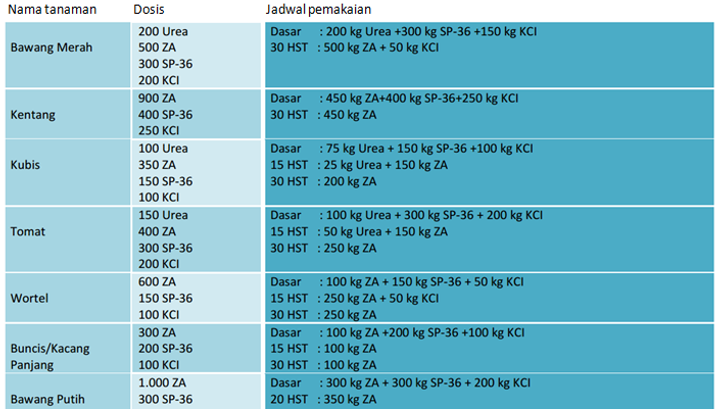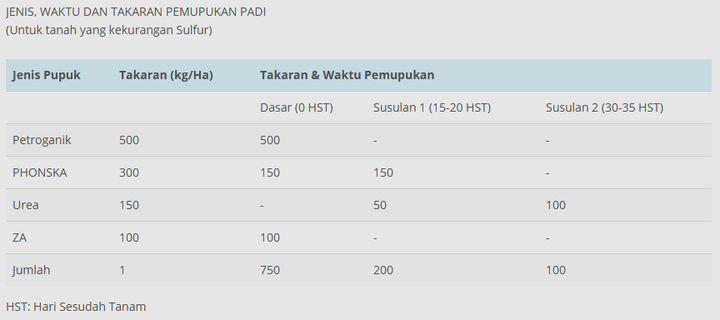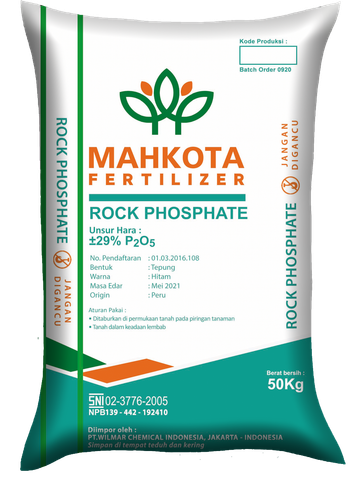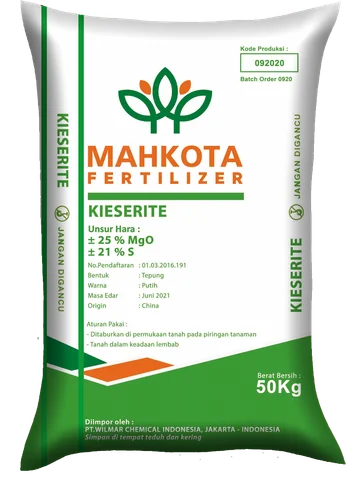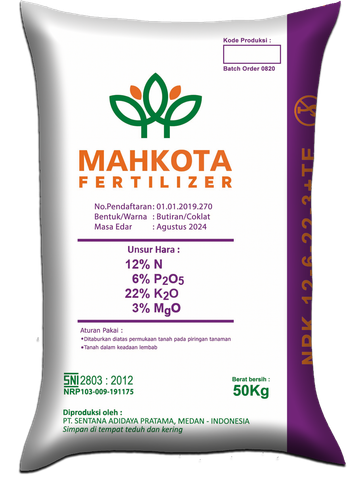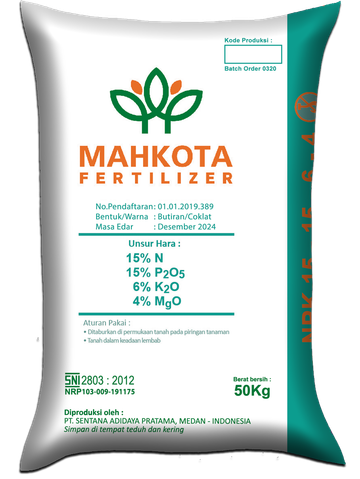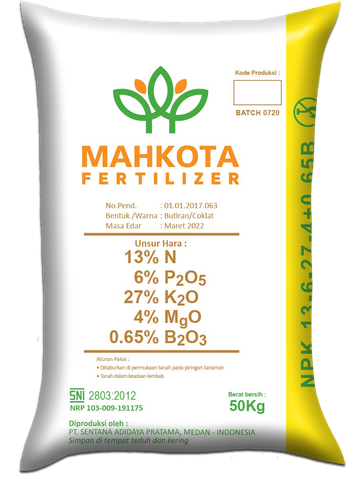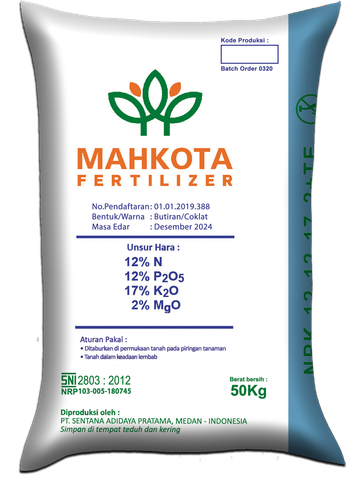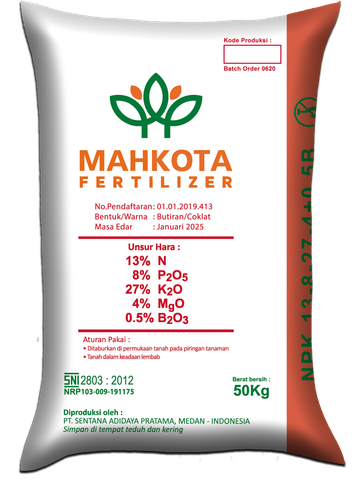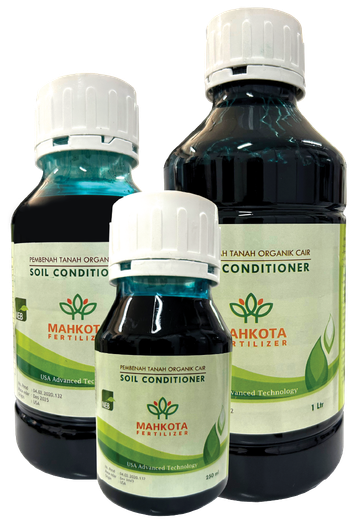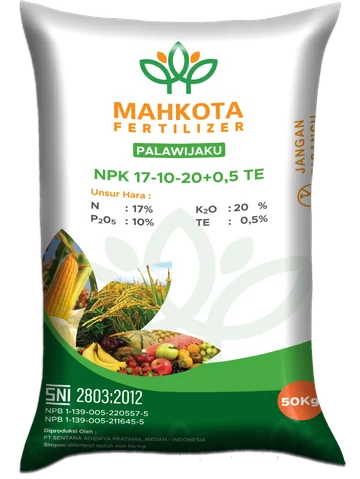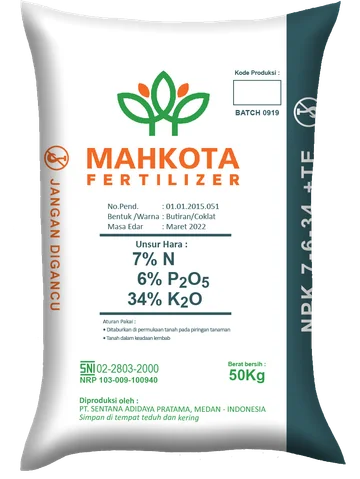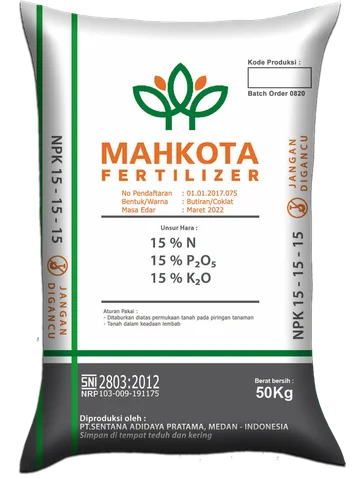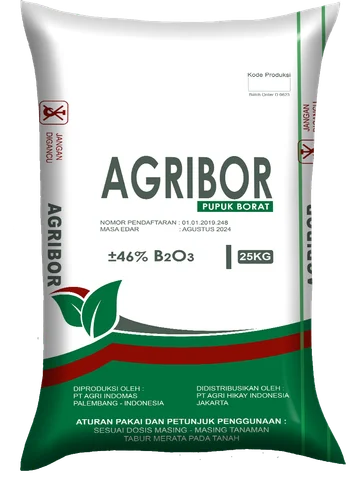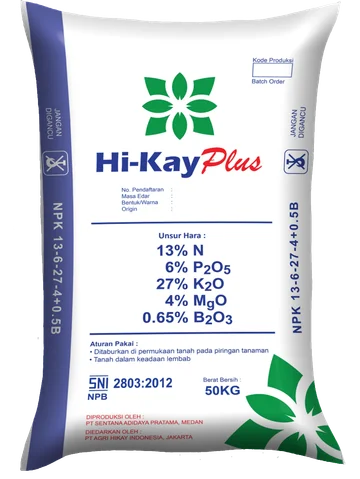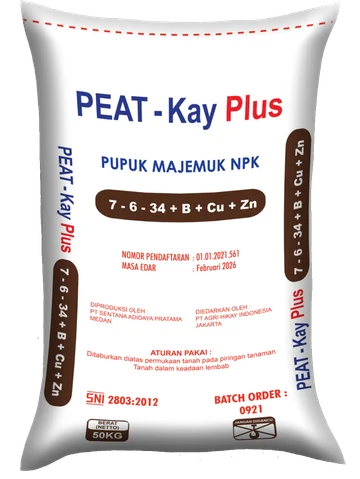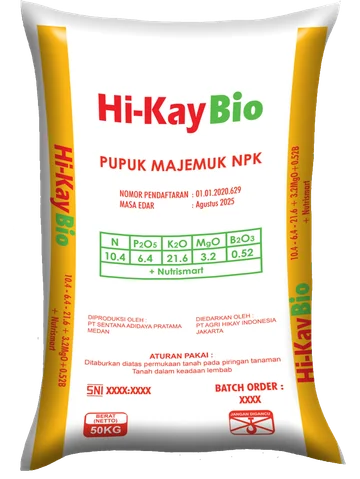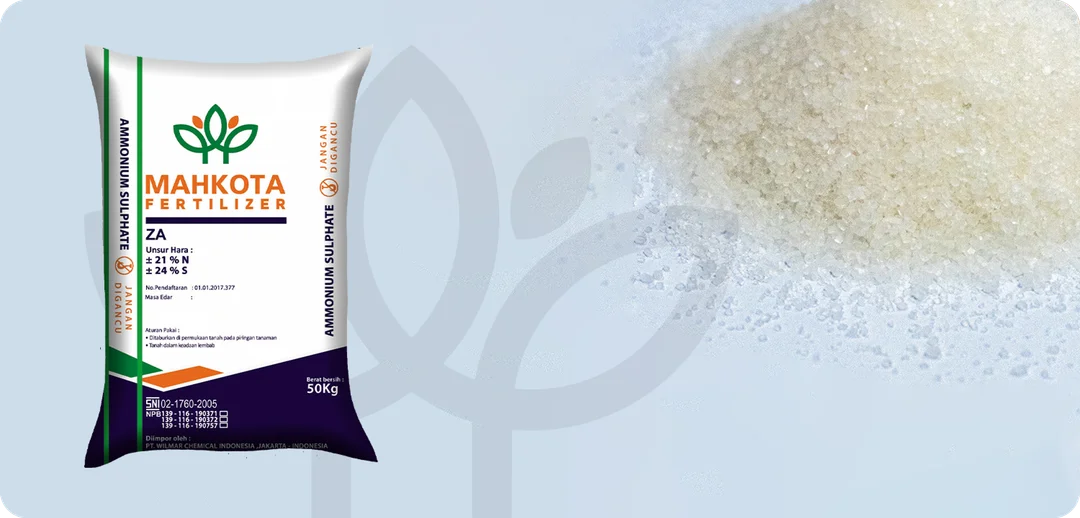
ZA Fertilizer is a synthetic chemical fertilizer containing ammonium sulfate, designed to provide additional nitrogen and sulfur nutrients to plants. The name "ZA" is an abbreviation of the Dutch term "zwavelzure ammoniak."
This fertilizer comes in the form of crystal granules that resemble table salt and taste salty on the tongue. Its hygroscopic nature (easily absorbs moisture), although not as strong as urea, makes it easily soluble in water. Since sulfate ions dissolve easily while ammonium ions are weaker, this fertilizer has the potential to lower soil pH, making it more suitable for use on alkaline soils. Compared to other fertilizers like ammonium nitrate and urea, ZA fertilizer contains lower levels of nitrogen, which can increase fertilization costs per mass of nitrogen provided. However, ZA also offers the advantage of supplying the essential element sulfur. In sugarcane cultivation, ZA is a mandatory fertilizer as it does not reduce sugar content (rendemen), unlike using urea alone.
Technical Specifications of ZA Fertilizer
According to SNI 02-1760-2005, ZA Fertilizer must meet the following technical nutrient content requirements:

This standard aligns with the government's program for the development of the fertilizer industry and protection of both producers and consumers. It ensures the quality of products distributed domestically with established quality requirements and enhances the competitiveness of domestic products against foreign products.
Benefits of ZA Fertilizer for Plants
The use of ZA Fertilizer is considered due to its ability to provide an easily applied source of sulfur. Additionally, ZA contains nitrogen. Here are the benefits of sulfur (S) nutrients for plants:
Helps in the formation of chlorophyll, making leaves greener.
Increases the protein and vitamin content of the harvest.
Increases the number of productive tillers (in rice plants).
Plays an important role in the formation of sugars.
Improves the color, aroma, and flexibility of tobacco leaves (especially omprongan tobacco).
Enhances the aroma, reduces shrinkage during storage, and enlarges the bulbs of shallots and garlic.
Symptoms of Sulfur Nutrient Deficiency
Plants grow stunted, slender, and elongated.
Delayed growth and maturity, especially in grain crops.
Young leaves turn yellowish-green to red, especially on the leaf veins. In some plants like tobacco, citrus, and cotton, this symptom first appears on older leaves.
Nodulation is reduced in leguminous plants.
Fruits do not mature properly and remain light green.
Spots appear on leaves, as seen in potatoes.
Advantages of ZA Fertilizer
Easy to handle and economical.
Can be used as both a base and top dressing fertilizer.
Chemically stable, making it suitable for long-term storage.
Can be mixed with other fertilizers.
Safe for use on all types of plants.
Improves the quality and increases the production and nutritional value of the harvest and livestock feed by enhancing protein, starch, sugar, fat, vitamin content, etc.
Improves the taste and color of the harvest.
Plants become healthier and more resistant to environmental stress (pests, diseases, drought).
Disadvantages of ZA Fertilizer
Higher costs due to lower nitrogen content.
Excessive use can lead to soil acidification.
Poses a threat to the survival of soil microorganisms.
Excessive use can cause plants to become succulent, making them more susceptible to pests and diseases.
How to Use ZA Fertilizer
ZA Fertilizer is highly recommended as a base and top dressing fertilizer for all types of plants. Sulfur nutrients are crucial for plants from the early stages of growth. ZA Fertilizer can also be mixed with other fertilizers.
Application Dosage of ZA Fertilizer for Various Plants
The following are examples of the application dosage of ZA Fertilizer for some horticultural crops, as well as the dosage for rice crops, with specific soil nutrient conditions:
